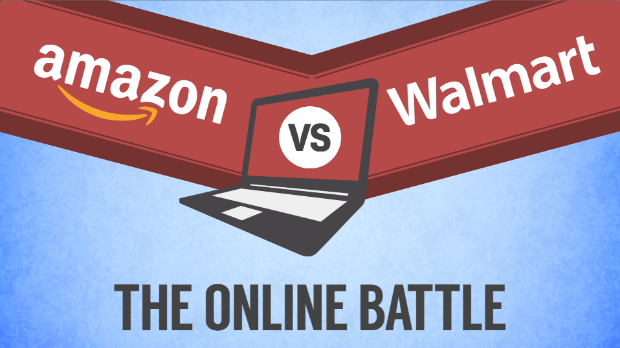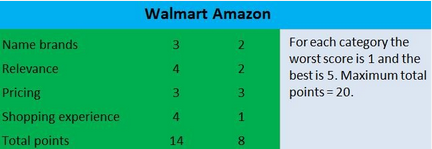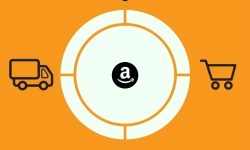A Week After Amazon's Prime Day Sale
Who Partied Better?
Last Wednesday, 15th July ‘15, was a raging day for online shoppers; courtesy the Amazon Prime Day Sale. It definitely must have created some sort of ruckus in the eCommerce ecosystem, else even after one week of Amazon’s big day (or should we call it Walmart’s?) the dust has not settled.
The Prime Day was hosted to commemorate Amazon’s 20th anniversary where their Prime members would find deals more exciting than Black Friday. Was that really so? Perhaps yes, because between the browse-to-checkout time most items were sold out and well, that is a good measurement of how fast things were picked up!
But that did not translate to amazon shoppers receiving exclusive deals. As loyalty has it (or the psychology of sale), consumers still bought things just because they had to take advantage of something at a discounted price, but everything we hear only tells us how disappointed they were.
Shoppers shared a myriad of sentiments on social media and that even led to mushrooming hashtags mushroomed from unhappy Amazon shoppers ranging from #AmazonFail and #PrimeDayFail to #unhappyPrimeDay and #AmazonSucks. The criticism largely stemmed from sporadic offers and limited quantities of their “black Friday look-alike deals,” which ended hurting many consumers and especially more as being prime members they pay for the membership to avail exclusive deals.
On the other hand, their disappointment played advantageous for Wal-Mart, a retail giant known for lowest prices and unlike Amazon, still naive to eCommerce. This graphic here displays who took the trophy home.
Graphic credit: Yahoo! Finance
This incident of #PrimeDay is just another indication of the cut-throat competition between retails sales and online sales and how that is is only increasing as each eCommerce episode unfolds.
In this case particularly, Walmart may be driven by an aim to keep Amazon shoppers from joining their Prime club and for Amazon, it may be a learning experience and well known for its online selling expertise you never know what next could they come up with to turn around this not so exciting sale experience.
What is more important to think and talk about is will eCommerce entrants always have the pressure to lower or match the prices, offer heavily discounted “good” products on sale or will they find room to be different and attract shoppers who are willing to pay a little premium to lay their hands first on the deals to be unwrapped just for them?








